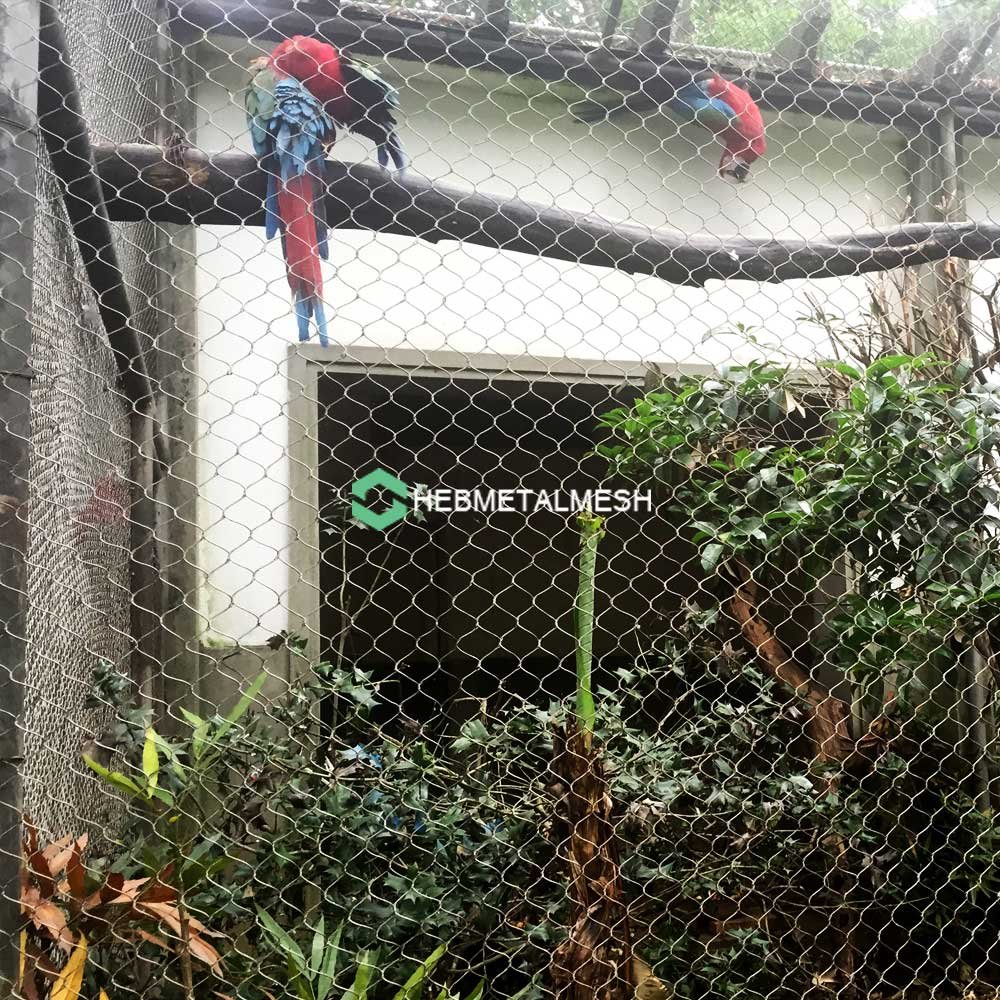Creating a safe and nurturing environment for animals in captivity is a significant responsibility that zoos take on every day. To ensure their well-being, it’s crucial to understand the needs of zoo animals and provide them with suitable enclosures. This article delves into the essentials of animal enclosures and how they contribute to the health and happiness of zoo inhabitants.
The Importance of Proper Animal Enclosures
An animal’s enclosure is more than just a space for them to reside; it’s their entire world while in captivity. An appropriately designed enclosure not only houses an animal but also provides stimulation, allows for natural behaviors, and ensures their physical and mental health.
Security and Size

Security is paramount when designing an outdoor small animal enclosure. Enclosures must prevent escape and protect animals from potential threats, including other animals or human interference. The size of the enclosure is equally important, as it must offer ample space for the animal to move freely, exercise, and explore.
Habitat Simulation
A well-designed zoo enclosure replicates the animal’s natural habitat as closely as possible. This includes the use of natural substrates, vegetation, and water features. For example, a polar bear’s enclosure should include a sizeable aquatic area for swimming, while a primate habitat might feature trees for climbing.
Enrichment and Mental Stimulation
Animals in zoos require mental stimulation to prevent boredom and stress. Enrichment activities can include puzzle feeders, toys, or structures that encourage natural behaviors like foraging or hunting. Regularly changing the layout of the enclosure or introducing new enrichment items can keep animals engaged and curious.
The Role of Keepers
Zookeepers play a vital role in the mental well-being of animals. Daily interactions with keepers can provide social stimulation, especially for species that are naturally social. Keepers also monitor the animals closely, ensuring that their needs are met and adjusting care as necessary.
Conservation and Education
Zoo enclosures serve a dual purpose: conservation of species and education of the public. Enclosures that mimic natural habitats not only benefit the animals but also provide visitors with a more authentic and educational experience. By observing animals in a naturalistic setting, visitors can learn about wildlife and the importance of conservation efforts.
Engaging the Public

Interactive elements, such as viewing windows or tunnels, allow for up-close encounters that can foster a deeper connection between visitors and animals. Educational signage and interactive displays can also enhance the visitor experience by providing valuable information about the species, their habitat, and conservation status.
Conclusion
The needs of zoo animal enclosure are complex and multi-faceted. By understanding these needs and investing in high-quality enclosures, zoos can create a supportive environment that promotes the well-being of their animals. In turn, well-designed enclosures can inspire visitors and support conservation efforts, ensuring that zoos remain a valuable resource for wildlife protection and public education.

